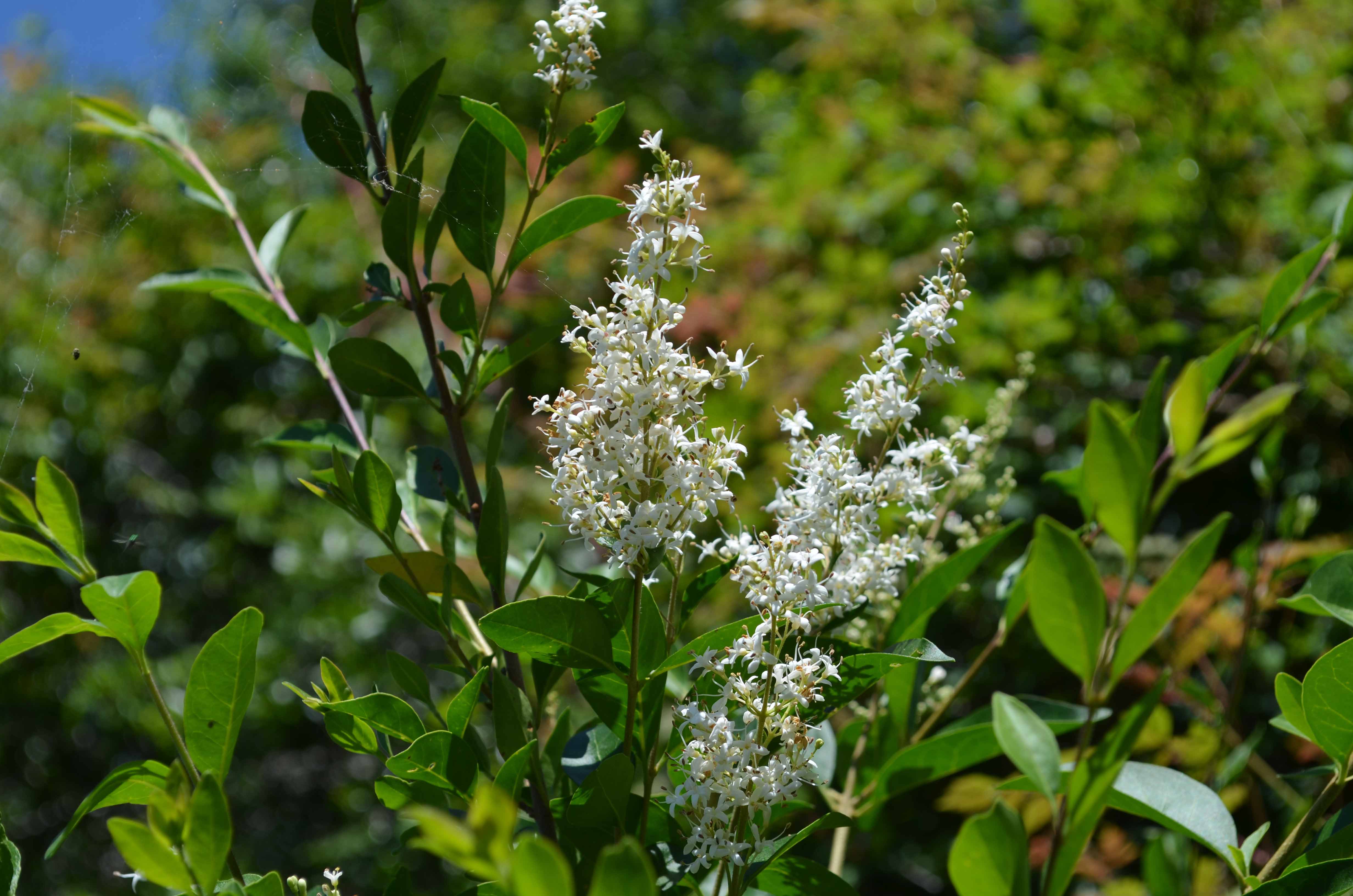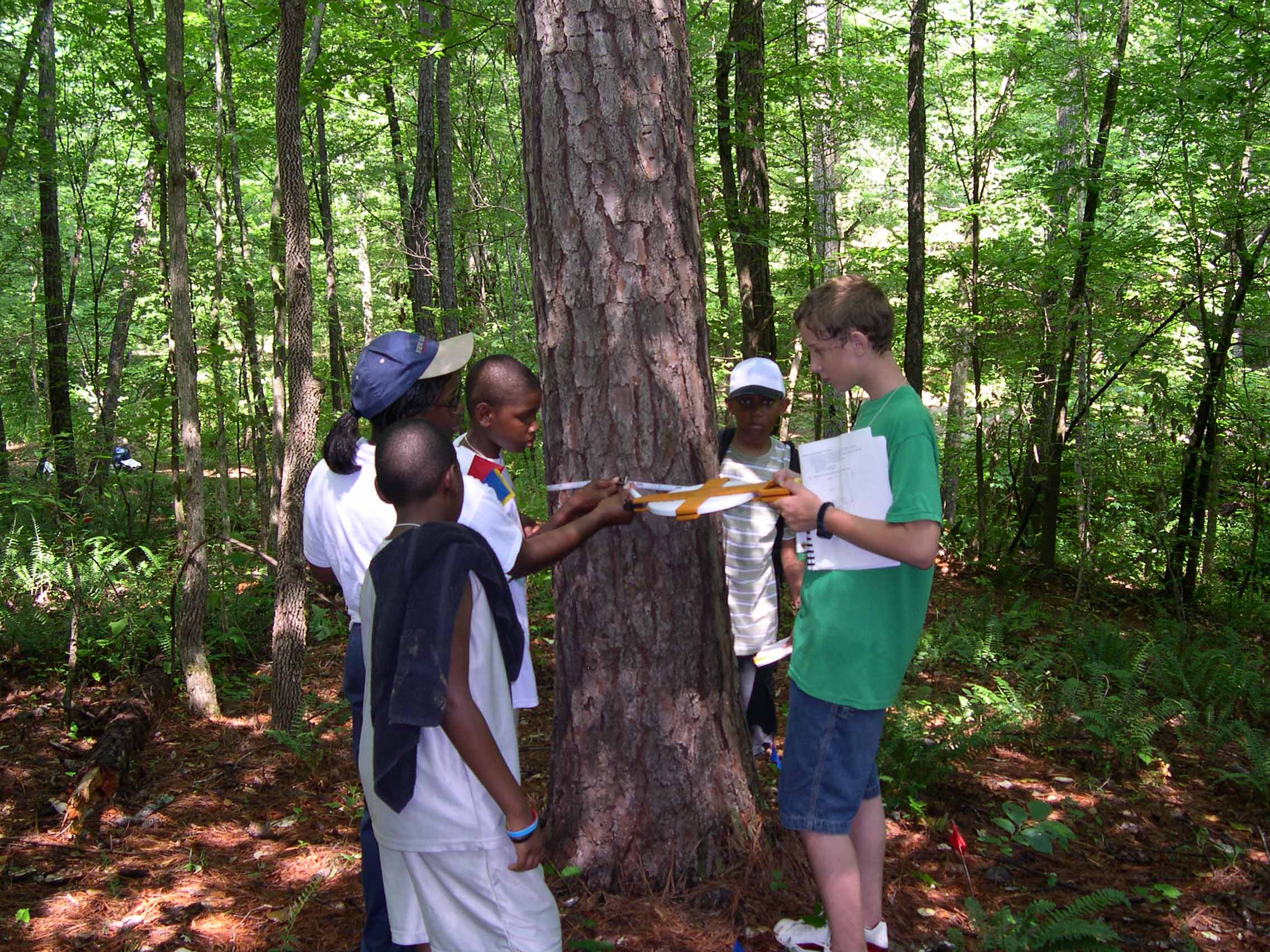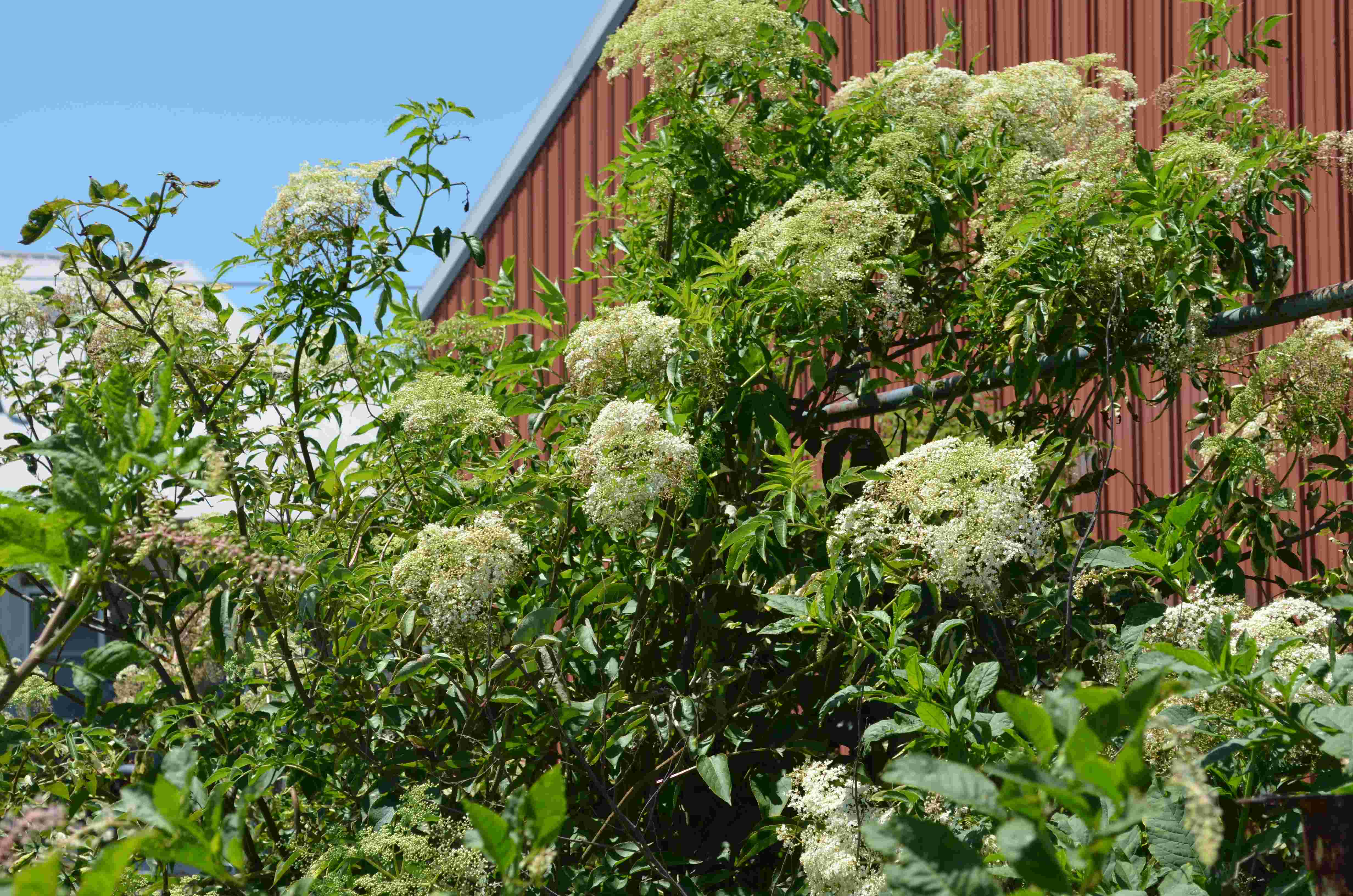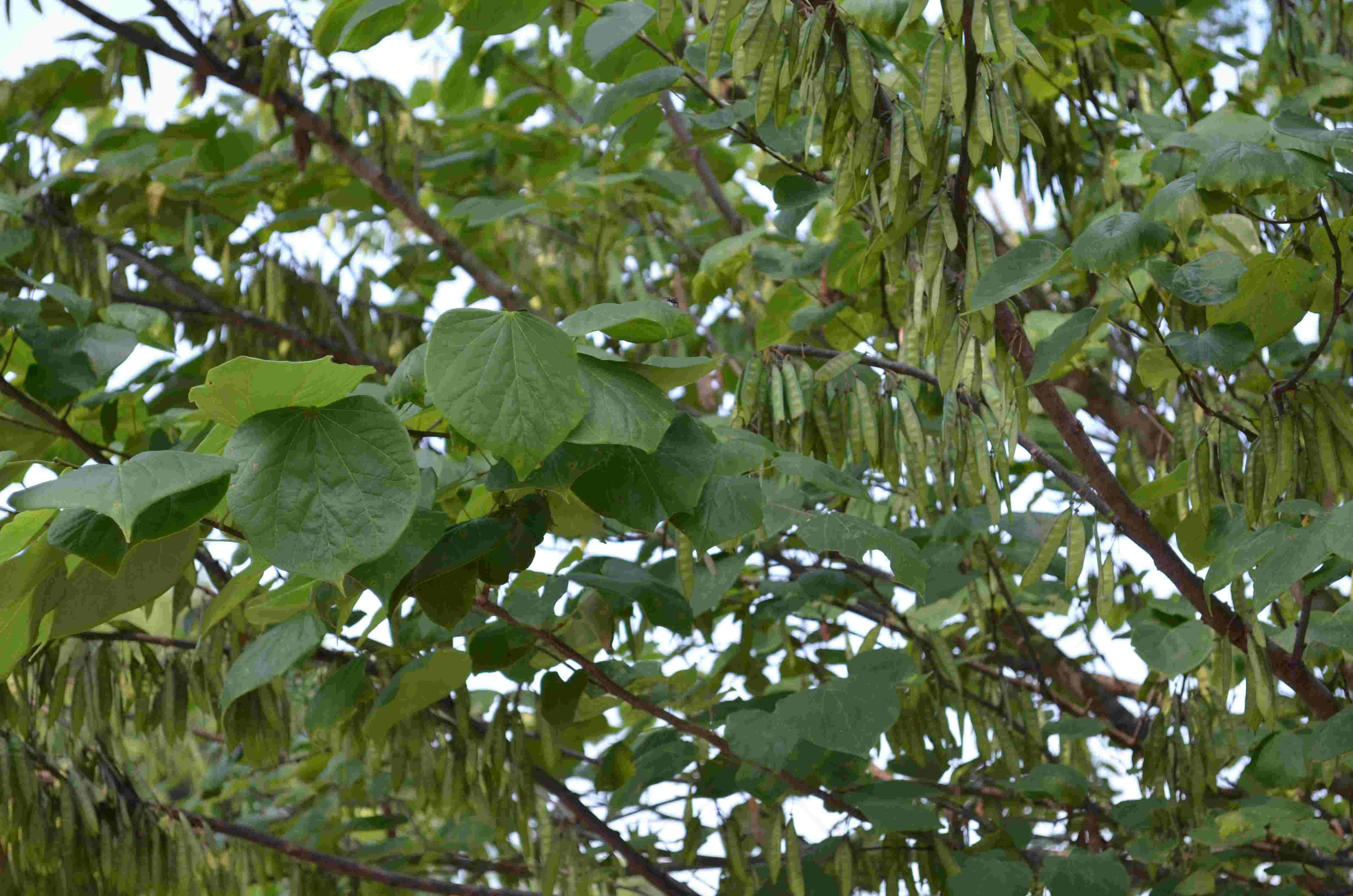
Chinese privet (Ligustrum sinense)
Dendrology
BIO
312
 Chinese privet (Ligustrum sinense) | Dendrology BIO
312 | Measuring the diameter of a tree. |
|---|
| Dendrology is a 3 semester hour course for undergraduate students who are majoring in Biology or a related field and who expect to work in an area where the identification and distribution of trees, shrubs, and woody vines is needed. The focus of this course is on identification of the types of plants that are found in Mississippi; specifically focusing on those found in the Delta. |
| Quick Links: |
Elder Berry (Sambucus canadensis) in flower  |  Cercis canadensis (Redbud, Judas Tree) in fruit | |
Photo Gallery |
General information about trees, shrubs, and woody vines. |